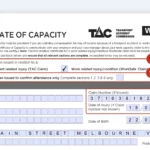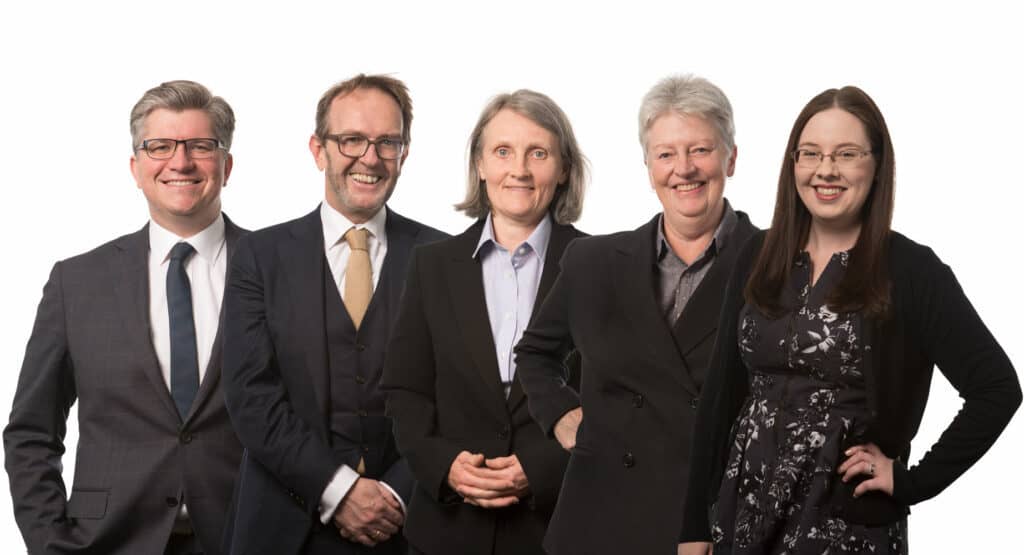Updated: As of 14 February 2018, the TAC medical excess has been eliminated. For accidents occurring on or after this date, the TAC covers reasonable medical costs from the start without requiring an injured person to meet any initial payment threshold.
TAC medical excess payments refer to the amount payable by an injured person for medical treatment outside of the hospital before the TAC can start paying for your further treatment.
If you have been involved in a motor vehicle accident before 14 February 2018 and have an accepted TAC claim, then you must cover the first $651 of your medical treatment costs—or—if you did not go to the hospital or were not admitted as an inpatient, then the $651 medical excess applies to you.
Treatments that are subject to the TAC Medical Excess
Below is a list of service subject to medical excess that can’t be paid by the TAC until you have reached the medical excess to the value of $651 before the TAC can start to pay for your further treatment:
| Services provided in private rooms by a: |
|---|
| GP Visit |
| Dentist |
| Optometrist |
| Physiotherapist |
| Chiropractor |
| Osteopath |
| Podiatrist |
| Psychologist (after referral from doctor) |
| The excess also applies to the cost of: |
|---|
| Medication (including prescription medication) dispensed by a pharmacy |
| Crutches |
| Artificial limbs, hearing aids or spectacles that were damaged in the accident and need to be replaced |
| X-rays |
Treatments that are NOT subject to the TAC Medical Excess
Some treatments, such as hospital and ambulance services, are exempt and can be covered by the TAC immediately upon claim acceptance. If you have an accepted TAC claim, these services below will be paid for by the TAC, even if you haven’t reached the medical excess.
| Not subject to excess |
|---|
| Ambulance services |
| Exercise Physiology |
| Hospital services |
| Household support services (such as housekeeping) |
| Nursing services |
| Occupational therapy |
| Social work |
| Travel |
Family members, include your partner, parents, children or siblings
If a family member was involved in the same accident, the medical excess applies once per family. However, if a family member (partner, parent, child, or sibling) was admitted to the hospital as an inpatient, the medical excess does not need to be met. If no family member was hospitalised, then the family collectively needs to cover $651 in treatment costs before TAC payments begin.
The medical excess also does not apply to ambulance services. A person injured in a motor vehicle accident will not be responsible for paying the cost of the ambulance service if it is required.
Services that are covered by the Medicare scheme can go towards reaching an injured person’s medical excess. This means that a person will not necessarily be out of pocket before the TAC starts paying for their treatment.
Travel expenses to and from medical appointments can also be claimed by an injured person. The travel expenses also go towards the excess and will not be reimbursed to a person until that excess is reached.
It is important for a person injured in a motor vehicle accident to keep a record of any treatment they have received as a result of the motor vehicle accident. Once the excess has been reached, all receipts and proof of payment can be lodged with the TAC who will then be able to start paying for treatment.















